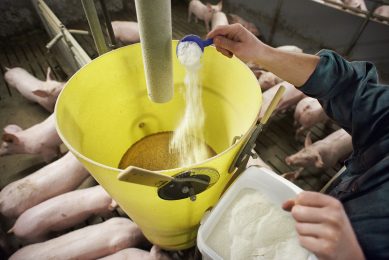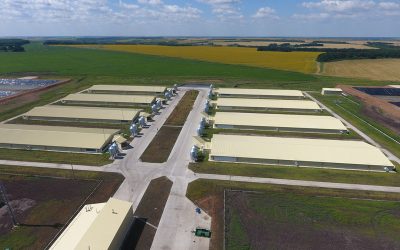New rule for CAFO waste management
The Environmental Protection Agency in the US has finalised a rule that requires concentrated animal feeding operations (CAFO) to safely manage manure.
These CAFO regulations will prevent 25,000 tonnes of phosphorus, 50,000
tonnes of nitrogen, and 900,000 tonnes of sediment from entering streams, lakes
and other waters annually, the agency estimates.
This marks the first
time EPA has required a nutrient management plan for manure to be submitted as
part of a CAFO’s Clean Water Act permit application.
Previous rules
required a CAFO operator to use an nutrient management plan (NMP) for
controlling manure, but the new regulation builds on that by requiring the NMP
to be submitted with the permit application.
The plan will be reviewed by
the permitting authority and conditions based on it will be incorporated as
enforceable terms of the permit.
Permits required
An
owner or operator of a CAFO that actually discharges to streams, lakes, and
other waters must also apply for a permit under the Clean Water Act, the
regulation also requires.
A permit is needed if a farmer designs,
constructs, operates and maintains their facility in such a way that a discharge
will occur.
CAFO operators who do not discharge or propose to discharge
will have an opportunity to show their commitment to pollution prevention by
obtaining certification as zero dischargers.
The rule deadline for newly
defined facilities to apply for permits is February 27, 2009.
For
detailed information on the CAFO rule, visit the EPA-website
For regular updates on feed news subscribe here to our free
newsletter











